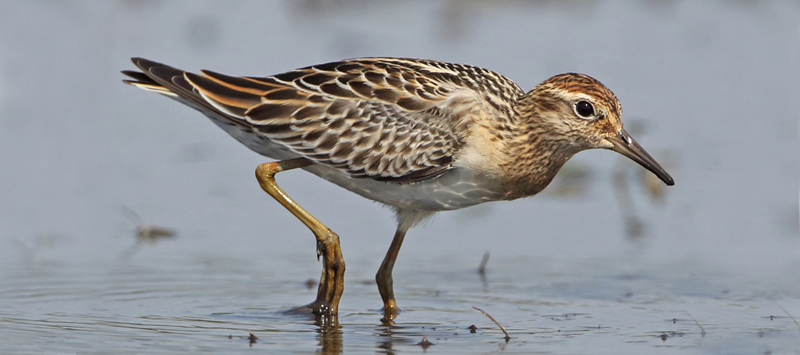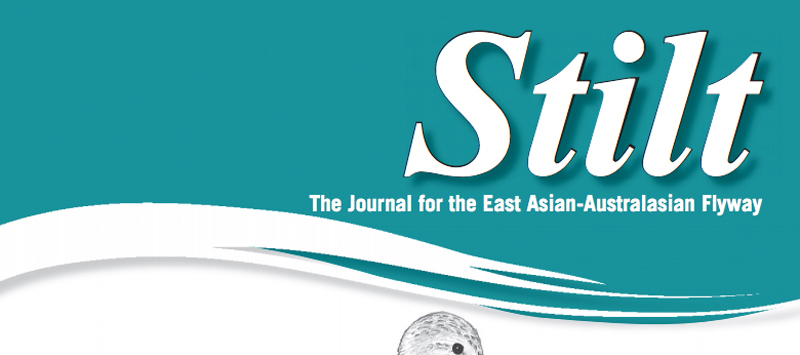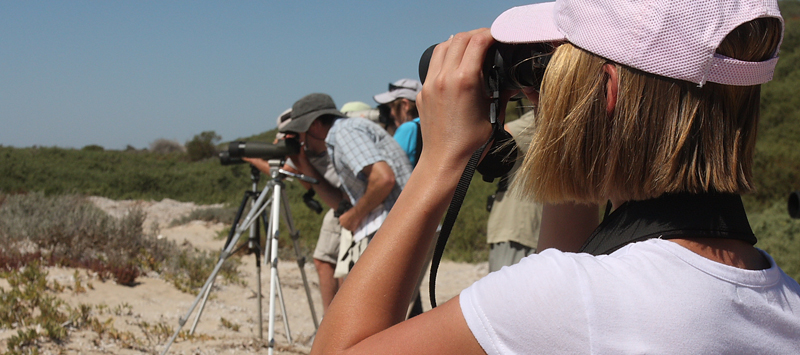Migration Routes
The Asian Records chart shows the number of Australian flagged waders seen on northward and southward migration at the main stopover locations in Asia. It is very clear that in most countries there are many more sightings of flagged birds on northward migration than on southward migration. This is especially so in Hong Kong and Taiwan and less so in Korea and Japan.
Differing northward and southward migration routes
At least part of the reason for these differences is that many wader species use different routes, stopover locations and migration strategies on northward verses southward migration. For example, on southward migration the Alaskan breeding Bar-tailed Godwits cut out stopovers in Asia and fly directly across the Pacific to northern Australia (10,000km). Similarly, many Great Knots appear to fly directly from the Sea of Ohkotsk in eastern Siberia to northern Australia (8,000km) on southward migration.
Differing migratory strategies between species
Five maps show overseas sightings and recoveries of Australian-flagged:
- Red-necked Stints
- Curlew Sandpipers
- Bar-tailed Godwits
- Great Knot
- Eastern Curlew.
All of these illustrate the extreme importance of the Chinese coastline, and for the larger waders especially, the Yellow Sea coasts as a stopover location on northward migration. For all these species there are flag sightings on the breeding grounds in Siberia and, for the Bar-tailed Godwits, in Alaska. Red-necked Stints and Curlew Sandpipers have a tendency to follow a slightly more westerly route on southward migration than they use on northward migration. The lack of Great Knot and Bar-tailed Godwit sightings in Asia on southward migration, mentioned above, is also very apparent. The narrow focus of the Eastern Curlew migration to its breeding grounds in South Eastern Siberia is also clearly demonstrated.


